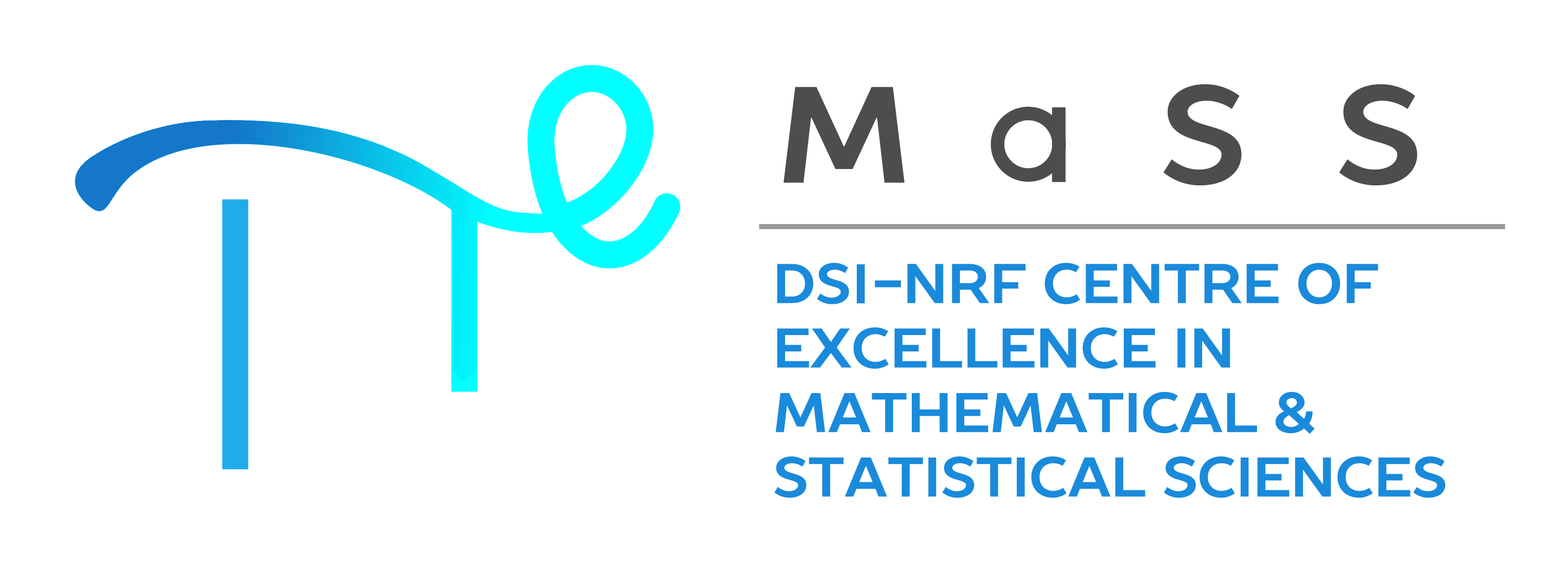A bio-economic framework for modelling the impact of
pest outbreaks on agricultural commodities
Fuzail Dawood\(^*\) and Jan van
Vuuren
Department of Industrial Engineering, Stellenbosch
University
SAMS Subject Classification: 23Number
As the world’s population continues to soar, there is an urgent need to increase the capacity of agricultural production, as well as to decrease food losses and waste globally. To this end, the second Sustainable Development Goal (SDG) identified by the United Nations (UN) seeks to “End hunger, achieve food security and improved nutrition, and promote sustainable agriculture." A fundamental requirement to achieving this goal is enriching farmer knowledge with respect to the latest scientific findings related to sustainable land, water, and pest management with a view to ensure resilient food producing systems. As of 2019, the Food and Agriculture Organisation (FAO) of the UN estimates that as much as 40% of the world’s agricultural crop production is lost annually to pest invasions, costing the global economy approximately $70 billion per annum, and contributing to the estimated 2.37 billion people suffering from food insecurity.
Several studies have been dedicated to model the spatio-temporal spread of pests, or to economic impact assessments at field or market level aimed at estimating the losses incurred due to pest outbreaks. Few quantitative studies, however, have integrated biological spread models with economic impact assessments. For this reason, quantifying the economic impact of pest outbreaks on crops represents one of the most important research questions for agricultural simulation modelling.
The primary aim in this poster is to describe the design and to demonstrate the practical workability of a generic bio-economic framework capable of modelling the spatio-temporal spread of pest species outbreaks on a spatial extent primarily utilised for cultivating agricultural commodities. The framework explores fundamental scientific and mathematical approaches within the domains of GIS spatial analysis, machine learning, simulation, and economic modelling in order to quantify the impact of pest outbreaks as accurately as possible.


